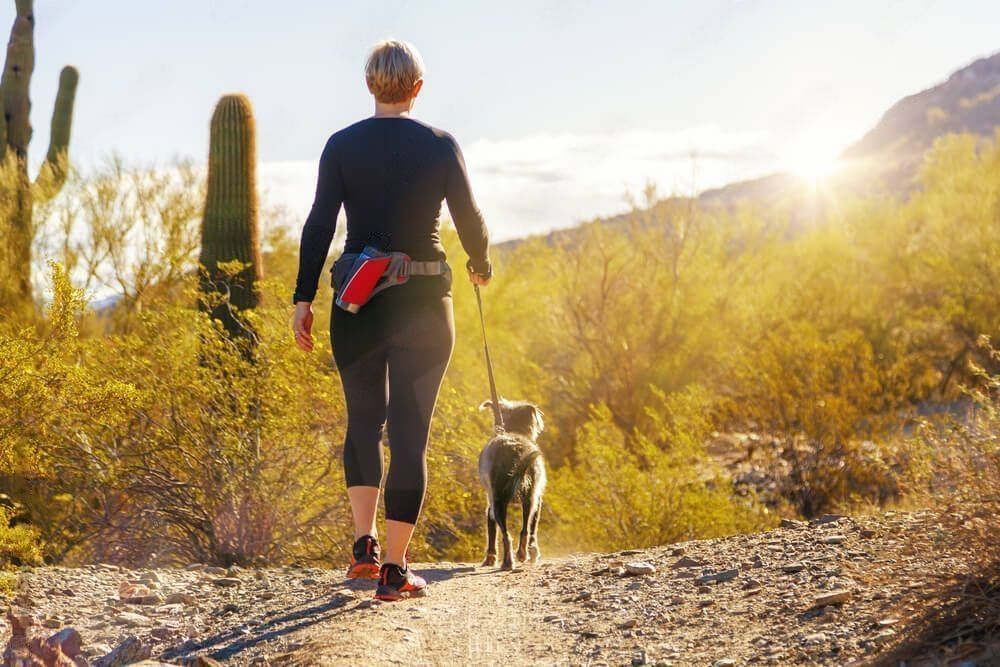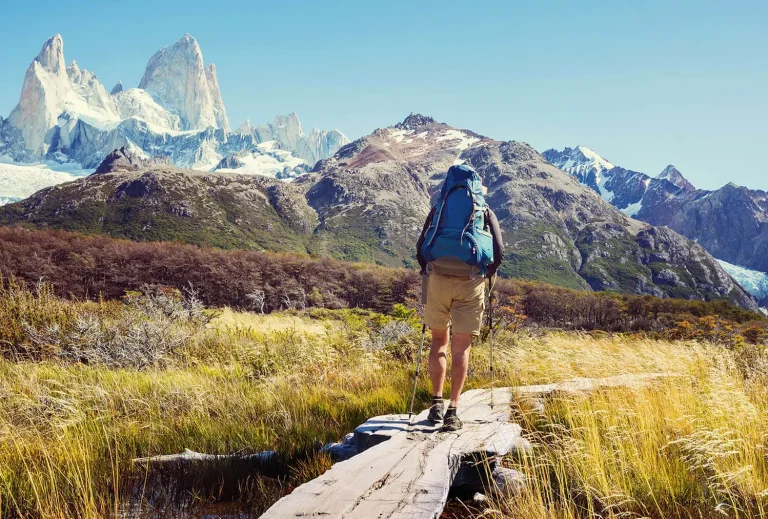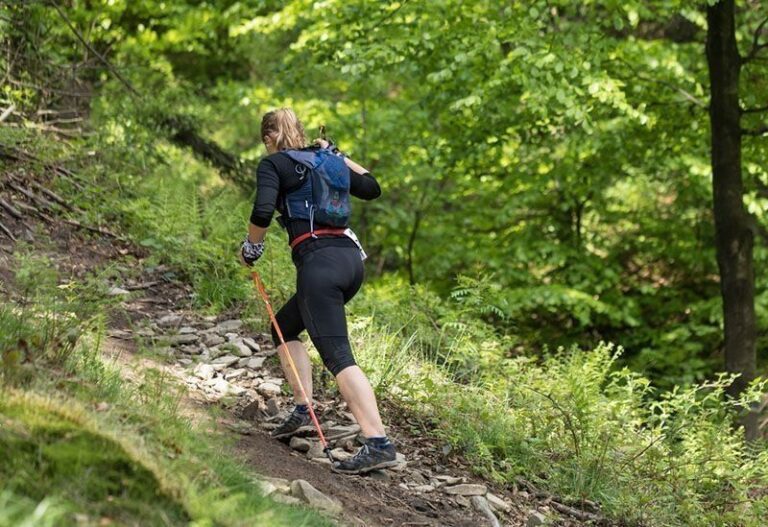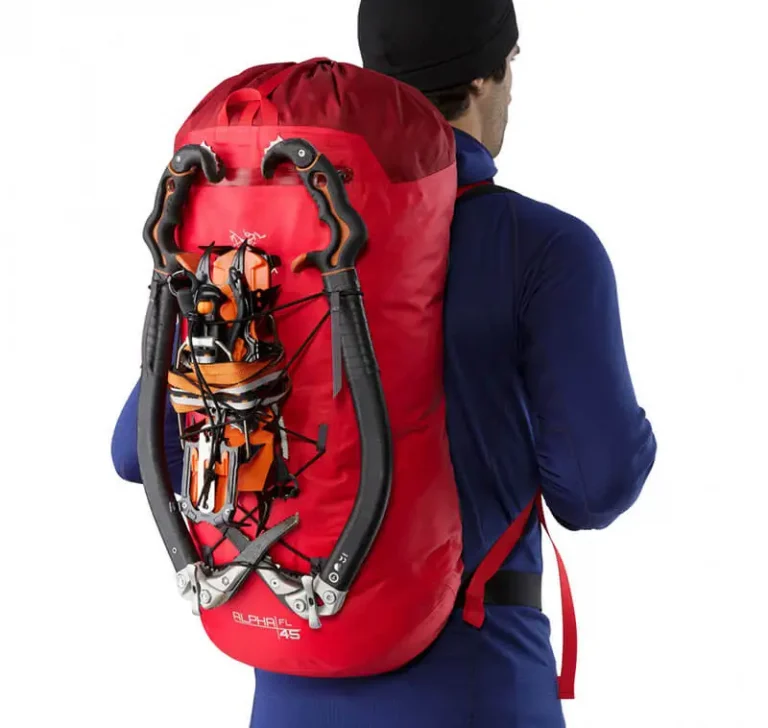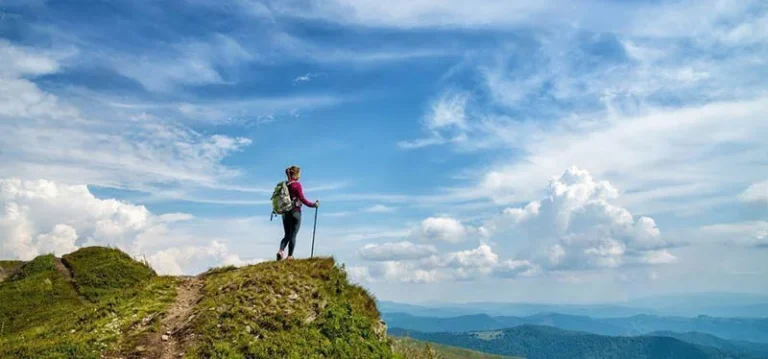7 Strength exercises to become a Kickass Hiker
Most of us have probably hiked at some point in our lives. Maybe it was a stroll through the woods with your family when you were younger or a more challenging hike up a mountain with some friends. Either way, hiking is a great way to exercise and enjoy the outdoors.
But what if you want to take your hiking to the next level? What if you’re going to become a kickass hiker?
Here are 7 strength exercises that will help you become a kickass hiker:
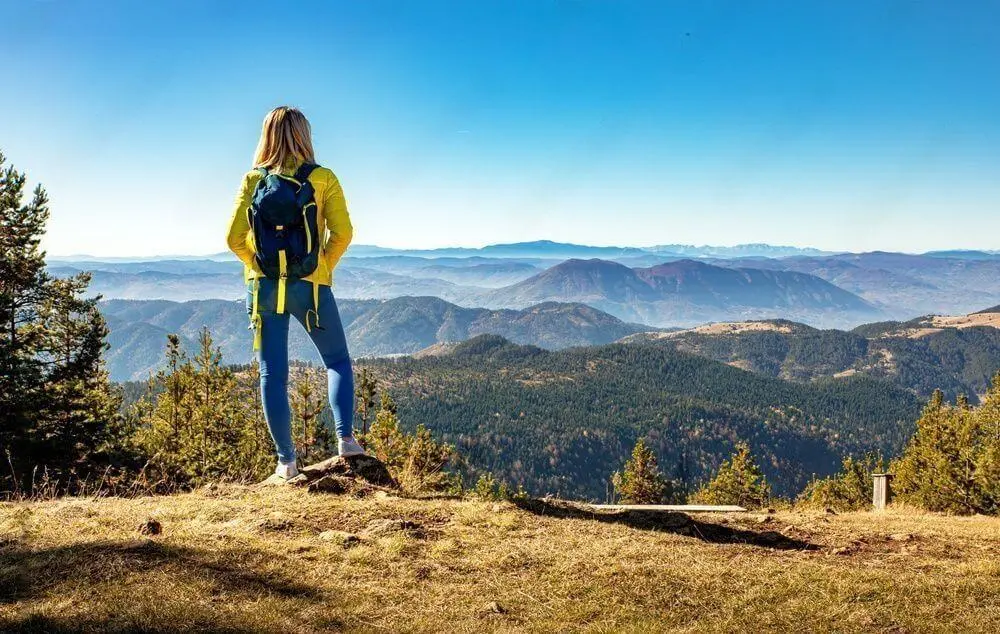
1. Squats: Weighted Glute Bridge to strengthen your glutes for better hiking
To perform the lying hip flexor stretch, lie in a neutral spine position with your legs extended and your arms at your sides. Bend your left leg at the knee and bring it to your chest. Interlace your fingers and wrap your hands around your left knee as you gently pull it closer to your chest. Relax your lower back, being careful not to curve your back. Hold the stretch for 20 to 30 seconds. Release the stretch by unlacing your fingers and returning your left leg to the floor. Repeat on the other side.
Squats are an excellent exercise for building lower body strength, which will come in handy when hiking up hills and mountains. To do a squat, stand with your feet shoulder-width apart and lower your butt as if you were going to sit in a chair. Make sure your knees don’t go past your toes as you lower down. Once you reach the bottom of the squat, press back up to the starting position. Here are five simples steps:
1. Lie flat on your back, your feet on the ground, and your knees bent.
2. Place a weight on your pelvis, and press your heels into the ground.
3. Lift your hips off the ground, and hold for a few seconds.
4. Lower your hips back to the starting position.
5. Repeat for 10-15 repetitions.
2. Goblet Squat: How to Do a Goblet Squat?
The goblet squat is a great way to build strength and mobility in the lower body. To perform the exercise, hold a kettlebell in both hands at your chest, keeping your elbows close to your sides. Bend your knees and press your hips back to lower into a squat, making sure to keep your weight evenly distributed across your feet. Press through your heels to return to the starting position and repeat for a full set.
The goblet squat is a great exercise for working all the major muscle groups of the lower body, as well as engaging the core and the spinal erectors.
3. Lying Hip Flexor Stretch: What is the benefit of hip flexor stretch?
To perform the lying hip flexor stretch, lie on your back with your legs extended and your arms at your sides. Bend your left leg at the knee and bring it to your chest. Interlace your fingers and wrap your hands around your left knee as you gently pull it closer to your chest. Relax your lower back, being careful not to curve your back. Hold the stretch for 20 to 30 seconds. Release the stretch by unlacing your fingers and returning your left leg to the floor. Repeat on the other side.
Stretching the hip flexor for up to 2minutes, can help improve athletic performance by improving balance and coordination. According to a 2021 review published in the International Journal of Environmental Research and Public Health. This easy exercise targets: Hip flexor, glutes, lower back. Exactly what you need for hiking muscles.
4. Split Dumbbell Lunge: Effective Exercises To Prep For Hiking Season
We all know how frustrating it can be to get out of shape. Especially when we’ve let ourselves go over the winter months, and then summer comes around, we have to get our bodies back into hiking shape. But don’t worry. With a little hard work and dedication, you’ll be back on the trails in no time!
The split dumbbell lunge is one of the best exercises you can do to get your body ready for hiking season. This exercise works your legs, hips, and core, which are all essential for hiking. Plus, it’s a great way to build up your endurance so you can hike longer distances without getting tired.
Here’s how to make the split dumbbell lunge:
- Start by standing with your feet hip-width apart and a dumbbell in each hand.
- Step forward with your right foot and lower into a lunge, keeping your torso upright and your left knee from going over your toe.
- Push through your right heel to return to standing, then repeat with your left leg.
- Continue alternating legs for a total of 12-15 reps.
So there you have it! The split dumbbell lunge is a great exercise to help you prep for the hiking season. So get out there and start training!
5. Push-ups: How do you get better at hiking uphill?
Push-ups are a great exercise for building upper body strength, which will come in handy when carrying a heavy backpack on your hike. To do a push-up, start in the plank position with your hands shoulder-width apart and your feet hip-width apart. Lower your body down until your chest touches the ground, then press back up to the starting position. If you can’t do a full push-up, you can try doing them from your knees.
6. Pull-ups: Best training for hiking
Pull-ups are a great exercise for building upper body strength, which will come in handy when climbing over rocks and logs on your hike. To do a pull-up, start by gripping a pull-up bar with your hands shoulder-width apart and hanging from the bar with your feet off the ground. Pull yourself up until your chin clears the bar, then slowly lower yourself back down to the starting position. If you can’t do a full pull-up, you can try doing them with someone holding onto your legs or by using an assisted pull-up machine at the gym.
7. Planks: The Ultimate Guide To Getting In Shape For Hiking
There are a few different ways to do a plank, but the basic idea is to hold yourself in a push-up position for as long as you can. Start with holding for 30 seconds and work your way up to 1 minute or more.
Here are a few tips to help you get the most out of your plank workout:
1. Make sure you have good form. This means keeping your back straight and your core engaged the entire time.
2. Don’t hold your breath. Breathe slowly and evenly throughout the exercise.
3. focus on a spot on the floor about a foot in front of you to help keep your balance.
4. To make it more challenging, try lifting one leg off the ground or placing your hands on an unstable surface like a stability ball.
Planking is a great way to get your body ready for hiking season. By building up your core strength and endurance, you’ll be able to hike longer and further without getting as tired. So get on those planks and get ready for some amazing hikes!
If you have a better tip for preparing your body for the next hike, comment and share below.

